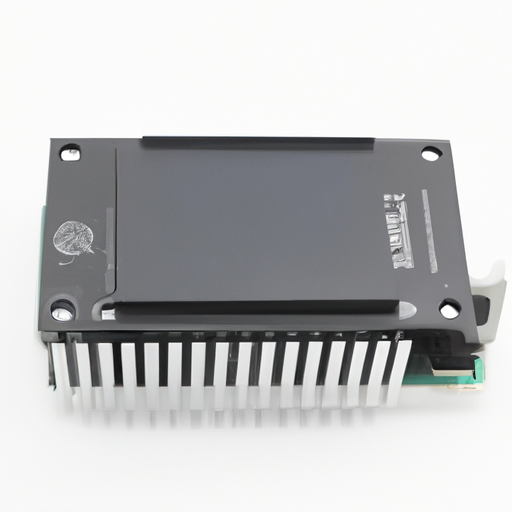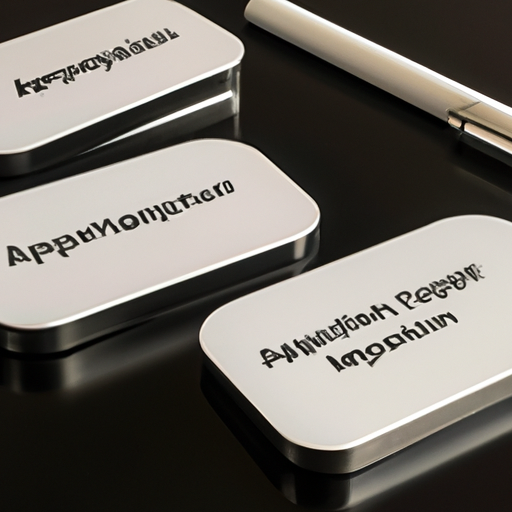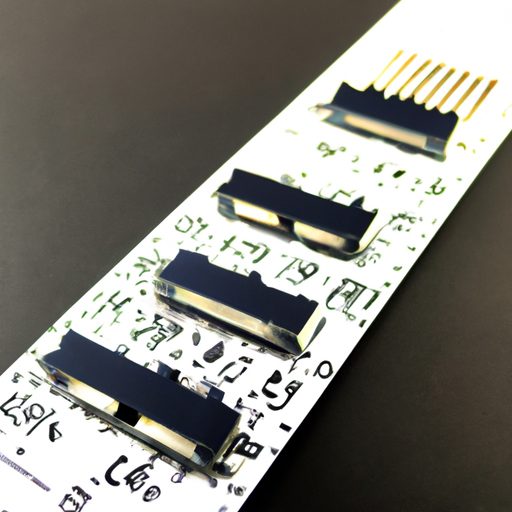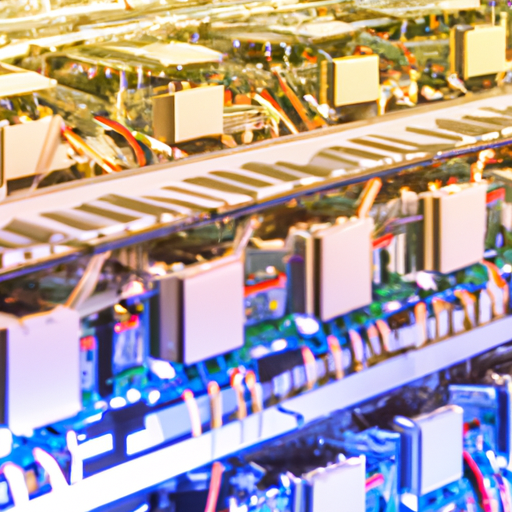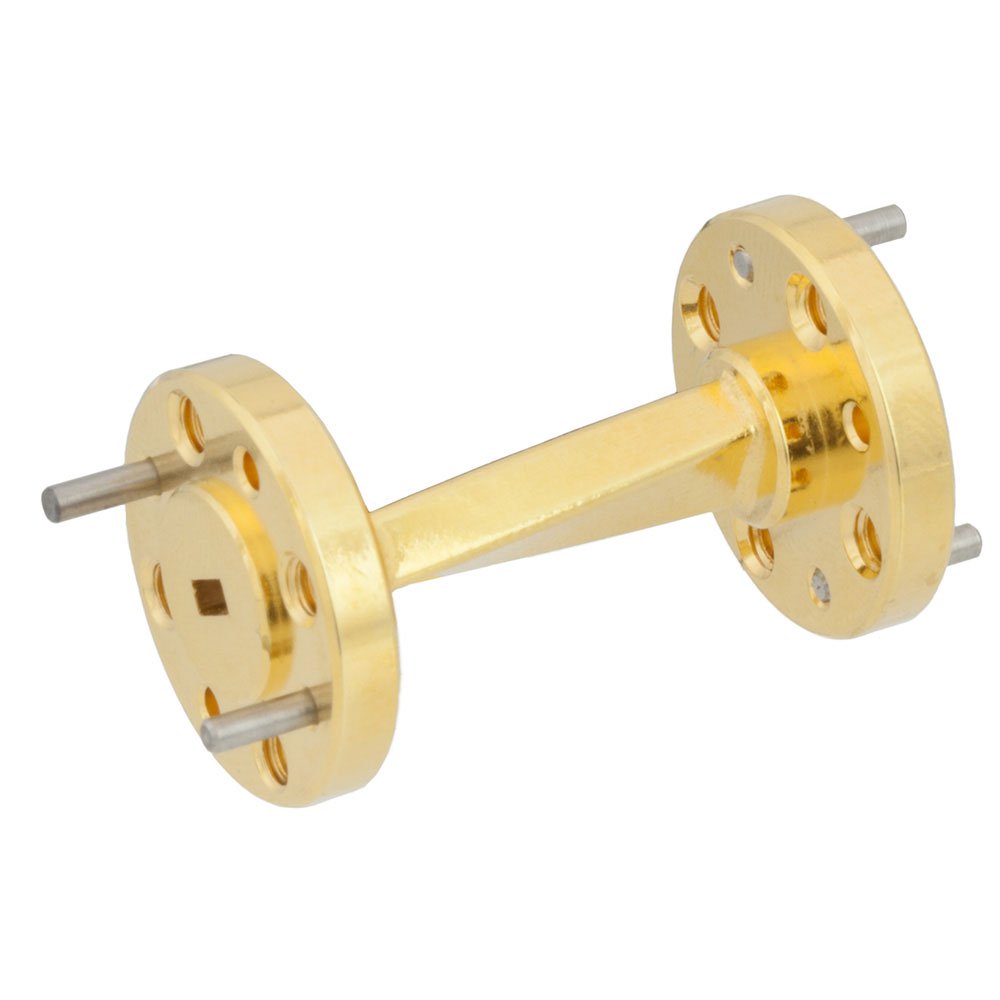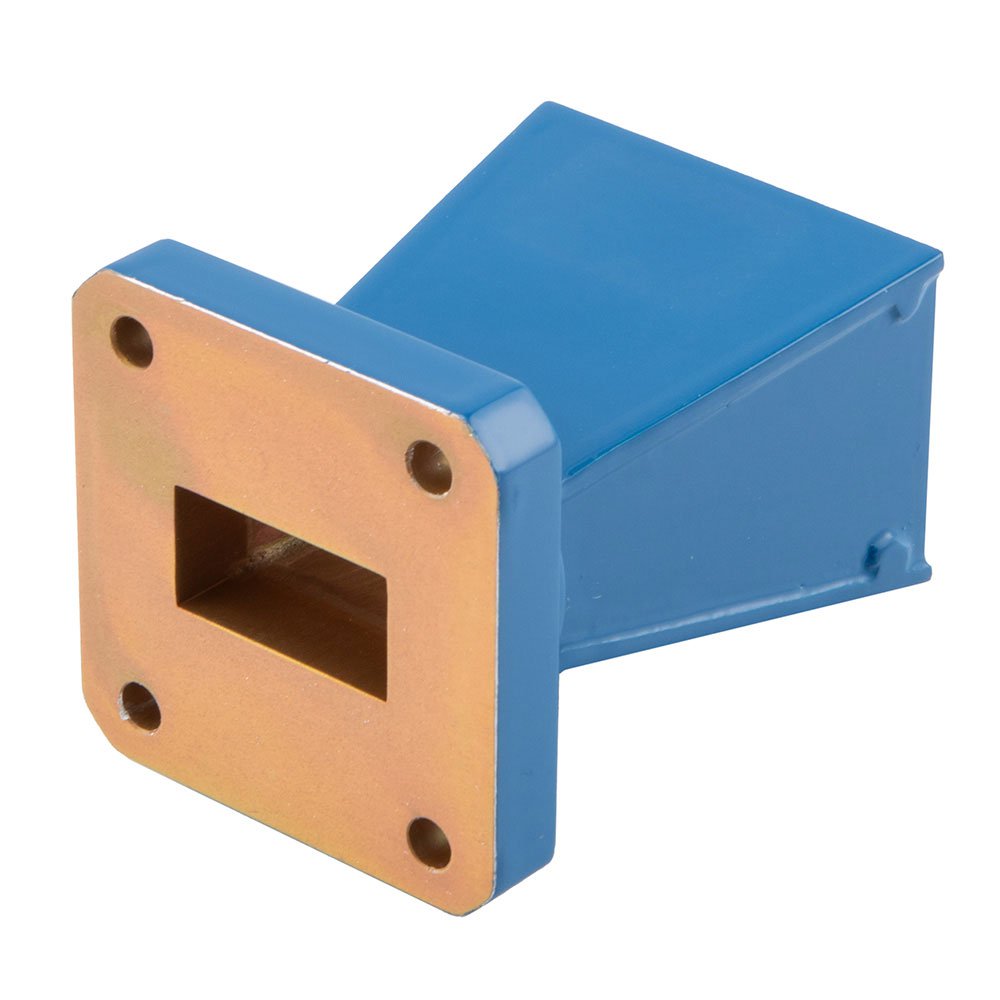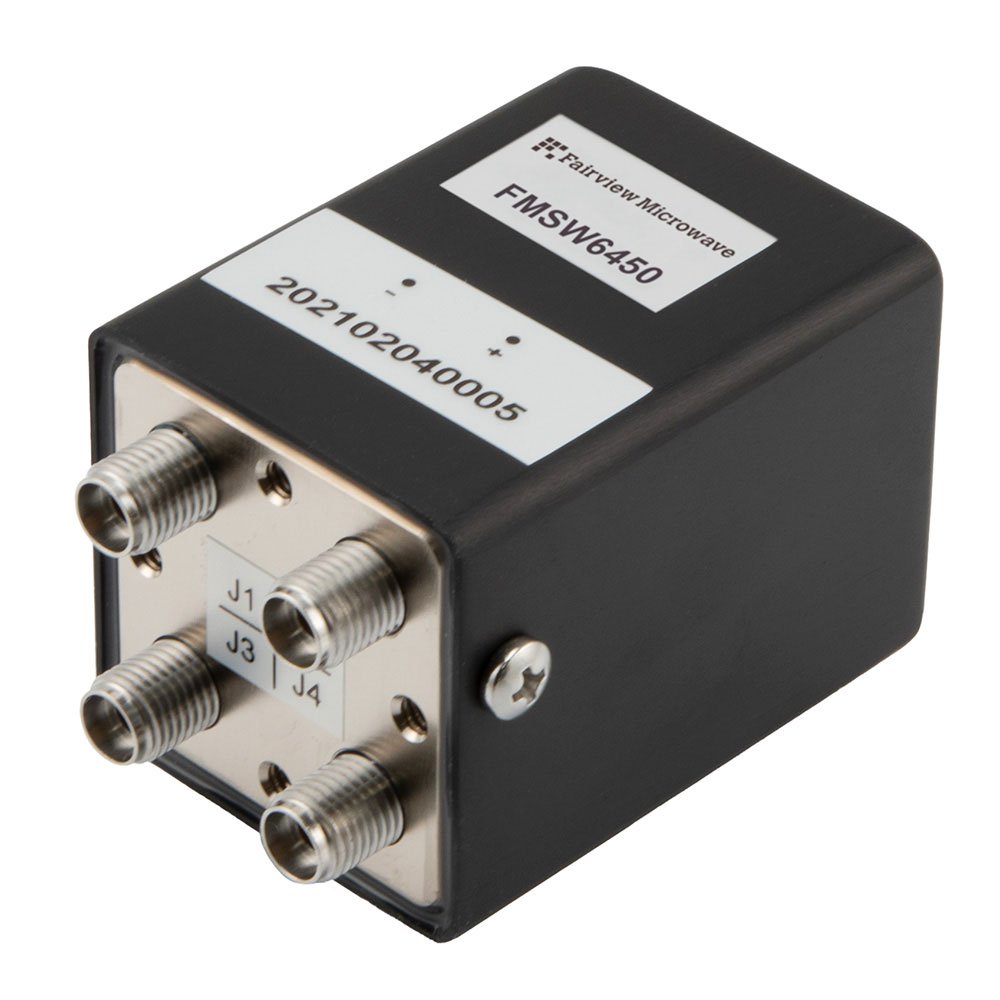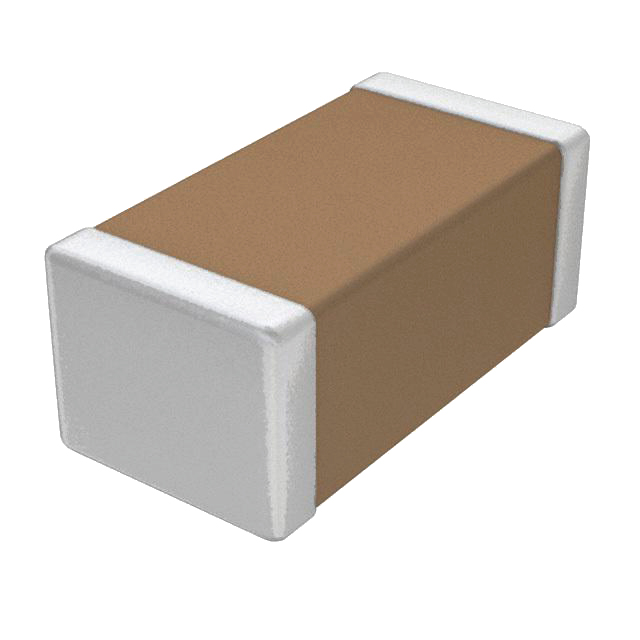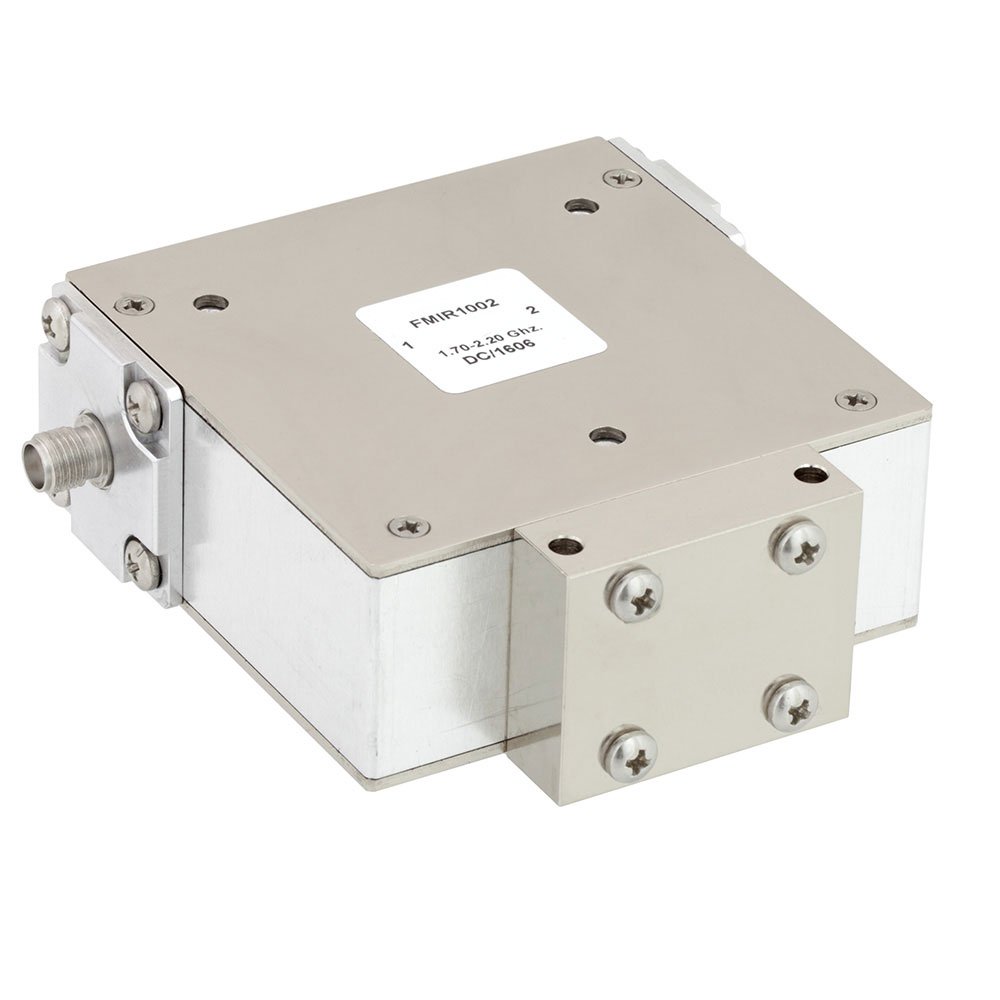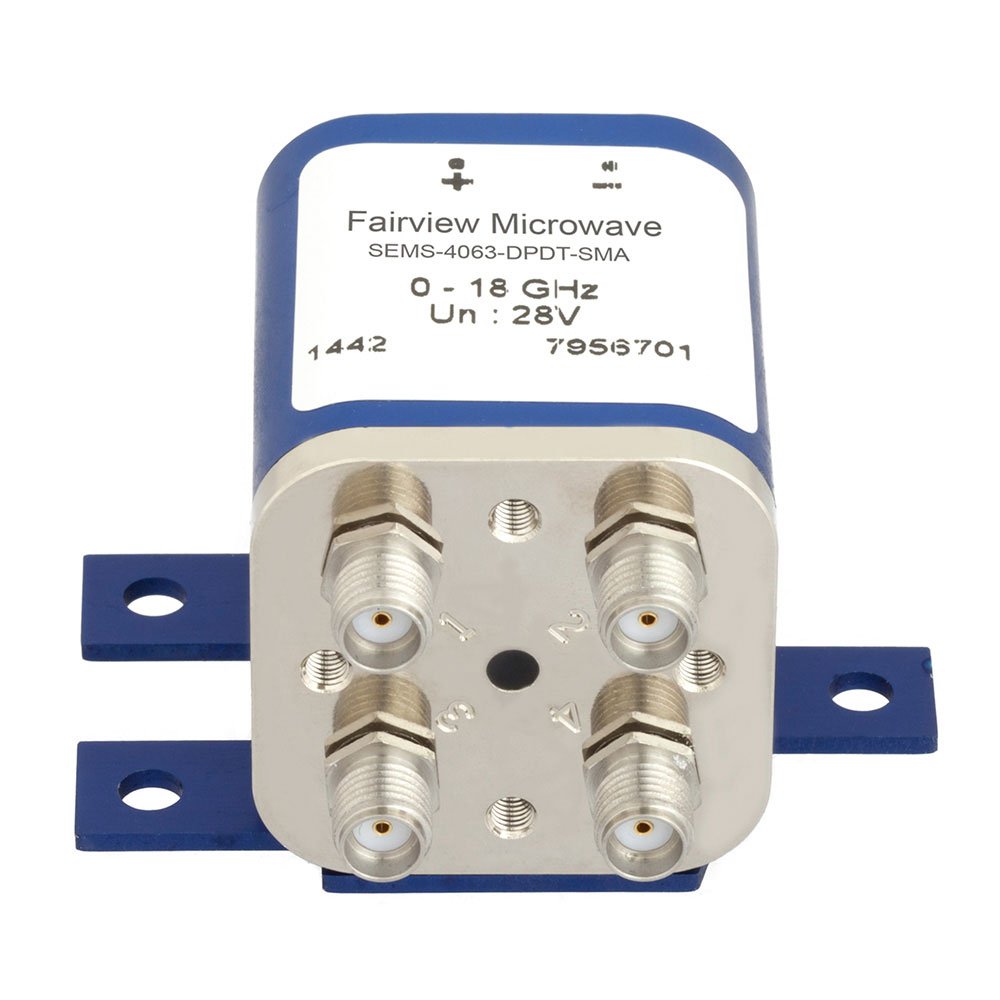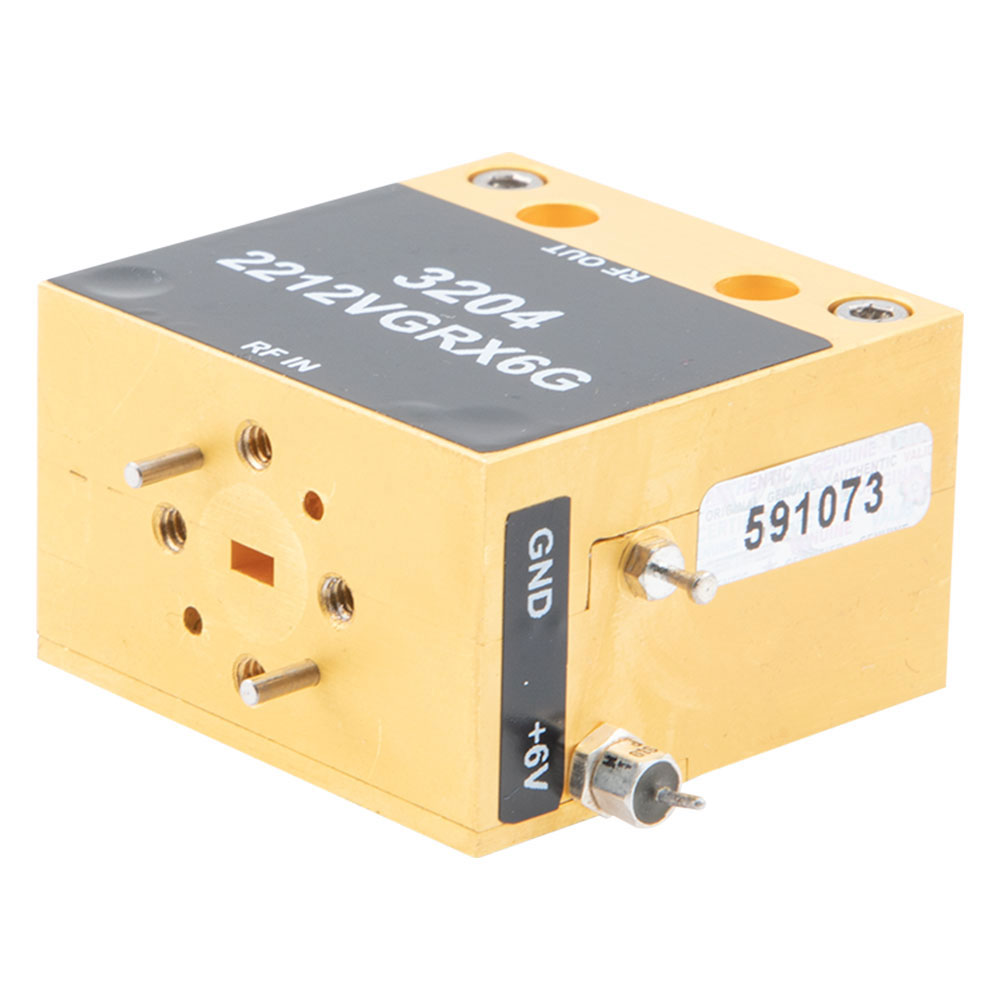Product
Product 

NEW
NEW 

-
What is led driver power conversion

-
How can high temperature polymer chip capacitors be used in automotive products?

-
What's the working principle of the LED driver boost/boost converter?

-
Chip multilayer ceramic capacitor, something many people don't know

-
How is tantalum capacitor closely related to the development of mobile phone industry

-
How Polymer Aluminum Capacitor can be used to maximize its effect

-
What causes the temperature of the film capacitor to be too high

-
Why more and more people choose to use polymer capacitors

-
Why must solid state capacitors be used for fast charging power supply

-
What important industry-related patents does the resistor box contain?

-
What are the top 10 popular standard resistor models?

-
What are the main applications of current sensing resistors?

-
What are the top 10 popular resistor connection methods?

-
What are the advantages of tool products?

-
What are the advantages of switch products?

-
An article to help you understand what is the role of resistors in circuits

-
What is the current situation of Shanghai's resistor industry?

-
What are the product standards for programmable resistors?

-
Definition specifications of the latest resistors

-
Main function specifications of the latest resistors

-
What are the product features of resistor wiring diagram?

-
What is the common production process of resistor rt54?

-
What are the product features of power wirewound resistors?

-
What are the product features of Crane Resistor Wiring Diagram?

-
What are the product features of resistor parameters?

-
Common resistor starter popular models

-
What are the product features of thermal resistors?

-
What is the role of resistor measurement products in practical applications?

-
What industries are the application scenarios of chip adjustable resistors included?

-
What is the role of strip resistor products in practical applications?

-
What kind of product is resistor L?

-
What are the common production processes for welding?

-
Mainstream tool product series parameters

-
Capacitor product training precautions

-
What are the latest desoldering manufacturing processes?

-
What is the production process of mainstream capacitors?

-
How to choose spot supercapacitors?

-
What are the mainstream models of capacitor formulas?

-
What product types are included in aluminum electrolytic capacitors?

-
What are the advantages of power capacitor products?

-
Mainstream film capacitor product series parameters

-
What is the price of popular electrolytic capacitor models in stock?

-
Popular models of common discrete semiconductor products

-
What is the role of coupling capacitor products in practical applications?

-
The latest capacitor bank specifications

-
What are the popular models of memory cards?

-
What are the important product categories of high-voltage capacitors?

-
What are the product standards for capacitors?

-
What product types do the capacitor symbols include?

-
What is the current situation of the fastener industry?

-
How big is the market for accessories?

-
What are the development trends in the capacitor principle industry?

-
What are the advantages of ceramic capacitor products?

-
Recommendations for similar pulse capacitor components

-
What kind of product are high-voltage shunt capacitors?

-
When will the new overload capacitor be released?

-
An article to help you understand what metallized film capacitors are

-
What is the price of popular supercapacitor structure models in stock?

-
Capacitors What are the product features of capacitors?

-
What is the role of capacitor products in practical applications?

-
What is the mainstream capacitor discharge production process?

-
Mainstream capacitor factory product series parameters

-
What are the development trends in the compensation capacitor industry?

-
What is the price of popular capacitor compensation models in stock?

-
An article to help you understand what is capacitor price

-
What are the product standards for capacitors and capacitors?

-
What are the main application directions of capacitors?

-
The latest capacitor is the capacitor specification sheet

-
What are the purchasing models of the latest capacitor current equipment components?

-
The latest capacitor function specifications

-
What are the product models of popular capacitors?

-
What are the main application directions of capacitor capacity?

-
What is the production process of mainstream air-conditioning capacitors?

-
What is the mainstream capacitor charging production process?

-
What is the price of popular low-voltage capacitor models in stock?

-
What are the product features of capacitor manufacturers?

-
What are the important product categories of parallel plate capacitors?

-
When will the new parallel plate capacitor capacitor be released

-
What industries are important patents related to capacitors and capacitors?

-
What kind of product is capacitor?

-
What are the prices of popular capacitors and capacitor models in stock?

-
What are the common production processes for capacitor films?

-
What are the product characteristics of capacitor pictures?

-
What is the latest capacitor? What are the procurement models of equipment components?

-
The latest capacitor company specifications

-
What product types are included in capacitor calculation?

-
An article will help you understand what smart capacitors are

-
What are the popular models of series capacitors?

-
What industries-related important patents do the capacitor capacitor formula contain?

-
What is the purchase price of the latest fan capacitor?

-
When will the new capacitor cabinet be released?

-
How big is the market size of capacitor resistors?

-
Mainstream capacitor model product series parameters

-
What types of products do capacitors cost?

-
What is the market size of capacitor protection?

-
What are the mainstream models of aluminum capacitors?

-
Mainstream capacitor brand product series parameters

-
What are the working principles of capacitors?

-
How should we choose to recycle spot capacitors?

-
What are the common production processes for capacitor grounding?

-
What are the product characteristics of capacitor parameters?

-
What are the popular models of Farara capacitors?

-
What are the popular models of the 10 mainstream capacitors c?

-
S6008L Resistors highlighting the core functional technology articles and application development cases of Resistors that are effective.

-
CFR-12JB-52-110R Resistors highlighting the core functional technology articles and application development cases of Resistors that are effective.

-
application development in Capacitors for ECS-F1CE225K: key technologies and success stories

-
ECS-F1HE475K Inductors, Coils, Chokes highlighting the core functional technology articles and application development cases of Inductors, Coils, Chokes that are effective.

-
application development in Potentiometers, Variable Resistors for ECS-F1HE335K: key technologies and success stories

-
ECS-F1HE155K Transformers highlighting the core functional technology articles and application development cases of Transformers that are effective.

-
application development in Discrete Semiconductor Products for CFR-50JB-52-1R: key technologies and success stories

-
MM74HC4050N Integrated Circuits (ICs) highlighting the core functional technology articles and application development cases of Integrated Circuits (ICs) that are effective.

-
application development in RF and Wireless for CFR-50JB-52-1K: key technologies and success stories

-
CFR-25JB-52-1K Resistor Networks, Arrays highlighting the core functional technology articles and application development cases of Resistor Networks, Arrays that are effective.

-
application development in Through Hole Resistors for MM74HC4049N: key technologies and success stories

-
CFR-50JB-52-1M Chassis Mount Resistors highlighting the core functional technology articles and application development cases of Chassis Mount Resistors that are effective.

-
application development in Specialized Resistors for CFR-25JB-52-1M: key technologies and success stories

-
CFR-25JB-52-1R Capacitor Networks, Arrays highlighting the core functional technology articles and application development cases of Capacitor Networks, Arrays that are effective.

-
application development in Aluminum Electrolytic Capacitors for MM74HC4040N: key technologies and success stories

-
CFR-50JB-52-1R1 Tantalum Capacitors highlighting the core functional technology articles and application development cases of Tantalum Capacitors that are effective.

-
application development in Ceramic Capacitors for MM74HC4020N: key technologies and success stories

-
How big is the market for audio equipment?

-
CFR-50JB-52-1K1 Electric Double Layer Capacitors (EDLC), Supercapacitors highlighting the core functional technology articles and application development cases of Electric Double Layer Capacitors (EDLC), Supercapacitors that are effective.

-
application development in Film Capacitors for CFR-25JB-52-1K1: key technologies and success stories

-
CFR-50JB-52-1M1 Mica and PTFE Capacitors highlighting the core functional technology articles and application development cases of Mica and PTFE Capacitors that are effective.

-
application development in Trimmers, Variable Capacitors for CFR-25JB-52-1M1: key technologies and success stories

-
CFR-25JB-52-1R1 Thin Film Capacitors highlighting the core functional technology articles and application development cases of Thin Film Capacitors that are effective.

-
application development in Niobium Oxide Capacitors for MM74HC393N: key technologies and success stories

-
CFR-50JB-52-1R2 Silicon Capacitors highlighting the core functional technology articles and application development cases of Silicon Capacitors that are effective.

-
application development in Aluminum - Polymer Capacitors for CFR-50JB-52-1K2: key technologies and success stories

-
CFR-25JB-52-1K2 Tantalum - Polymer Capacitors highlighting the core functional technology articles and application development cases of Tantalum - Polymer Capacitors that are effective.

-
application development in Fixed Inductors for MM74HC374N: key technologies and success stories

-
CFR-50JB-52-1M2 Adjustable Inductors highlighting the core functional technology articles and application development cases of Adjustable Inductors that are effective.

-
application development in Arrays, Signal Transformers for CFR-25JB-52-1M2: key technologies and success stories

-
CFR-25JB-52-1R2 Delay Lines highlighting the core functional technology articles and application development cases of Delay Lines that are effective.

-
application development in Wireless Charging Coils for MM74HC373N: key technologies and success stories

-
CFR-50JB-52-1R3 Accessories highlighting the core functional technology articles and application development cases of Accessories that are effective.

Contact us 









